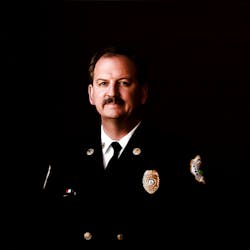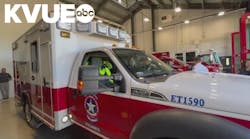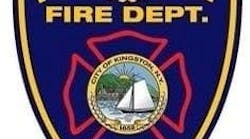The future of ambulance and EMS reimbursement looks to be heading toward the same payment method that is common among physicians. Bonuses or incentive pay is typically based on performance that is calculated by assessing the customer experience, which accounts for 35 percent, and the patient outcome, which accounts for 65 percent of a score. The common survey on patient experience is known as a Press Ganey™. It is the survey that you typcially get in the mail or by email within days of visiting your doctor or a health-care facility. Extensive education has gone into creating an experience in the doctor’s office or in the emergency room that is designed to maximize the score.
Educational experiences in EMS more often focus on clinical topics and occasionally on operations, but rarely in the fire service are classes focused on customer service. Strengthening the EMS brand in the fire service is often not even contemplated. Emergency services, after all, is not trying to attract new customers. Building the brand in fire and EMS is more about building or maintaining the public’s trust.
Recently, a South Carolina EMS crew released a patient without a proper assessment or recognition of a psychiatric emergency. That person was later struck and killed on a freeway. The disrespect for the patient, which was caught on a lapel camera, and the later surveillance footage, was seen nationwide. This incident destroyed the community’s trust.
The accreditation standards from both the Centers for Public Safety Excellence and the Committee on Accreditation of Ambulance Services both require sampling of patients and customers. While this can be done internally, more validity and transparency come from an independent assessment. The EMS Survey Team is a company that samples customers both internally and externally. It is also important to think about the other individuals your crews interact with, for example patients and staff at nursing homes, clinics, and hospitals. Everyone who an EMS agency encounters during routine and emergency operations should be sampled. Non-emergency activities like public education and injury prevention efforts also need assessment to see if we are meeting the customer’s needs.
At your service
Good customer service starts with hiring the right people. Always be on the lookout to recruit or offer an invitation to people you find delivering excellent service. I extended an offer to the local Discount Tire manager. Not only had he treated me well as a customer, but he was not afraid to get dirty and had mechanical aptitude. Similarly, I observed a multi-tasking millennial at the yogurt shop interact with a customer, clean up and make a simple experience a very personal one. All subtle skills in the customer service realm are applicable to the fire service and EMS. Ideally some assessment tool should be developed to screen and rate applicants on customer service skills. In past paramedic screenings on new hires, a deputy chief or the fire chief would play the victim in a medical scenario to get a firsthand look at a candidate’s customer service skills.
When you can’t hire based on customer service skills, the next option would be to train them. There are several examples of customer service programs in emergency services. Alan Brunacini’s “Essentials of Fire Department Customer Service,” featuring the fictional Mrs. Smith, is just as pertinent now as it was in 1996. It should be in every station’s library. Thom Dick’s “People Care: Career-Friendly Practices for Professional Caregivers,” published in 2005, gives a more detailed and empathetic approach to medical patients. To reeducate or stem the lack of teamwork, patient empathy and service leadership, the National Association of EMTs created the Principles of Ethics and Personal Leadership course with a focus to enhance teamwork and patient interactions.
Reinforcing customer service skills must be a continuous effort on behalf of the command staff and EMS supervision. Take the opportunity to reward and highlight crews that have exceeded someone’s expectations. Display monthly reports from customers and do a trend analysis to identify the emergency services are filled with events that have demonstrated service that goes beyond the call or solved a problem. When someone calls 9-1-1, they have most likely arrived at the end of the allotted resources and solutions for their problems. Whether it is the persistent organizational story about rescuing a cat out of tree or just helping someone back into bed, customer service needs more than just good intent.






